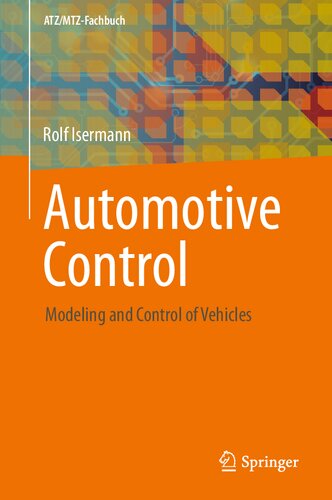

Most ebook files are in PDF format, so you can easily read them using various software such as Foxit Reader or directly on the Google Chrome browser.
Some ebook files are released by publishers in other formats such as .awz, .mobi, .epub, .fb2, etc. You may need to install specific software to read these formats on mobile/PC, such as Calibre.
Please read the tutorial at this link: https://ebookbell.com/faq
We offer FREE conversion to the popular formats you request; however, this may take some time. Therefore, right after payment, please email us, and we will try to provide the service as quickly as possible.
For some exceptional file formats or broken links (if any), please refrain from opening any disputes. Instead, email us first, and we will try to assist within a maximum of 6 hours.
EbookBell Team

4.7
36 reviewsThe introduction of mechatronic components for the powertrain, steering and braking systems opens the way to automatic driving functions. Together with internal and environmental sensors, various driver assistance systems are going to be developed for improving driving comfort and safety.
Automatic driving control functions suppose a well-designed vehicle behavior. In order to develop and implement the software-based control functions mathematical vehicle models for the stationary and dynamic behavior are required.
The book first introduces basic theoretically derived models for the tire traction and force transfer, the longitudinal, lateral, roll and pitch dynamic behavior and related components, like suspensions, steering systems and brakes.
These models have to be tailored to allow an identification of the many unknown parameters during driving, also in dependence of different road conditions, velocity and vehicle load. Based on these mathematical models drive dynamic control systems are developed for semi-active and active suspensions, hydraulic and electromechanical brakes including ABS, traction and steering control. Then driver assistance systems like adaptive cruise control (ACC), electronic stability control (ESC), electronic course control and anti-collision control systems are considered. The anti-collision systems are designed and tested for emergency braking, emergency steering and avoiding of overtaking accidents.
The book is dedicated to automotive engineers as well as to graduate students of mechanical, electrical and mechatronic engineering and computer science.